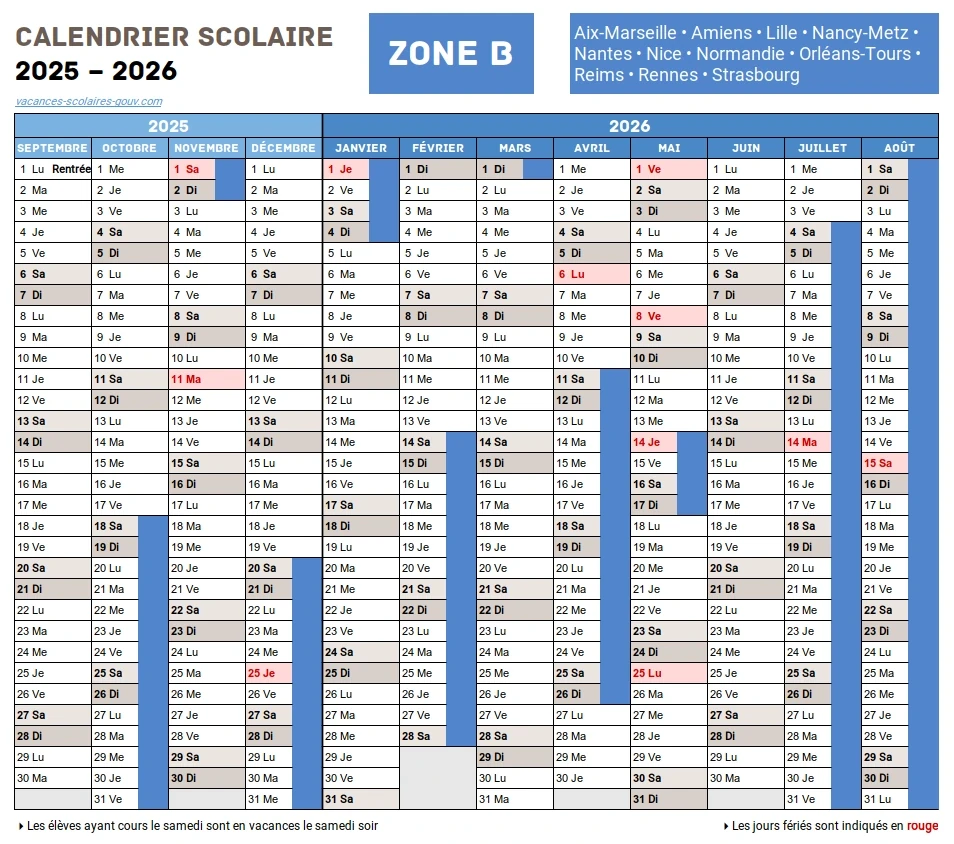New US Tariffs On Southeast Asian Solar Panels: Impact And Implications

Table of Contents
Increased Prices for Solar Energy Consumers
The most immediate impact of the US solar panel tariffs is a substantial increase in the cost of solar energy for consumers. This price hike affects both residential and commercial solar projects, significantly impacting the affordability and adoption of this clean energy source.
Higher Costs for Residential and Commercial Projects
Tariffs directly increase the cost of imported solar panels, the core component of any solar energy system. This translates to higher installation prices for homeowners and businesses. For example, if the tariff adds $0.20 per watt to the cost of a panel, a 5kW residential system could see an added cost of $1000, making it less attractive to potential buyers. This increase can be even more significant for large-scale commercial projects.
- Impact on affordability: Higher prices reduce the accessibility of solar energy for many consumers, particularly those with limited budgets.
- Reduced consumer demand: Increased costs inevitably lead to reduced demand, slowing down the overall growth of the solar energy market.
- Slowed adoption rates: The higher upfront investment can deter homeowners and businesses from switching to solar, hindering the transition to a cleaner energy future.
Impact on the Competitiveness of Solar vs. Fossil Fuels
Increased solar panel prices directly impact the competitiveness of solar energy against traditional fossil fuel sources. The price increase reduces the economic advantage that solar energy often holds, particularly in markets with low electricity prices. This could lead to a shift back towards fossil fuels if the cost difference becomes too significant.
- Shift in market share: The higher cost of solar could result in a decrease in market share, benefiting fossil fuel-based energy generation.
- Government incentives needed to maintain competitiveness: To counteract the negative impact of the tariffs, government incentives like tax credits and subsidies might be necessary to maintain the competitiveness of solar energy.
Disruptions to the US Solar Supply Chain
Southeast Asia plays a dominant role in the global solar panel manufacturing industry, supplying a significant portion of the panels used in US solar projects. The imposition of US solar panel tariffs creates significant disruptions within this already complex supply chain.
Southeast Asia's Role in Solar Panel Manufacturing
Countries like China, Vietnam, and Malaysia are major players in the global solar panel manufacturing landscape. These countries have established extensive manufacturing capabilities, and their products form a crucial part of the US solar energy market.
- Reduced panel availability: The tariffs might cause a reduction in the availability of solar panels, leading to potential project delays.
- Project delays: Increased lead times for procuring panels will directly impact the timelines for solar project completion.
- Increased reliance on alternative suppliers: The US may be forced to rely on alternative suppliers, potentially at higher costs and with less established supply chains, introducing new challenges and vulnerabilities.
Impact on US Solar Project Development
Delays and increased costs resulting from US solar panel tariffs can significantly impact the feasibility and timeline of large-scale solar projects. This could lead to project cancellations or postponements, with substantial implications for the renewable energy sector.
- Job losses in the solar installation sector: Project delays and cancellations can lead to job losses within the solar installation and maintenance sectors.
- Missed renewable energy goals: The slowdown in solar energy development could make it challenging for the US to meet its renewable energy targets.
Political and Economic Ramifications
The imposition of these tariffs has wider political and economic ramifications, extending beyond the immediate impact on the solar industry.
Trade Wars and Geopolitical Implications
The US solar panel tariffs are part of a larger context of trade relations between the US and Southeast Asian countries. These tariffs could escalate trade tensions and lead to retaliatory measures from affected countries.
- Escalation of trade tensions: Retaliatory tariffs or trade restrictions from Southeast Asian nations could harm other US industries.
- Impact on diplomatic relations: The tariffs could negatively impact diplomatic relations between the US and Southeast Asian countries.
The Role of Government Policy and Support for Solar
To mitigate the negative consequences of these tariffs, government intervention is critical. This includes exploring various policy responses to support the US solar industry and maintain its growth trajectory.
- Government investment in domestic solar manufacturing: Investing in domestic solar panel manufacturing could reduce reliance on imports and lessen the impact of tariffs.
- Long-term strategic planning for renewable energy: A long-term strategy is needed to ensure the sustainable growth of the US solar energy sector, considering potential future trade challenges.
Conclusion
The new US solar panel tariffs present significant challenges to the US solar industry. Increased costs, supply chain disruptions, and geopolitical implications are all major concerns. The long-term effects on the growth of solar energy in the US remain uncertain, and require careful consideration and proactive policy responses.
Call to Action: Understanding the complexities of US solar panel tariffs is crucial for all stakeholders. Further research and analysis of the impact of these tariffs on the future of solar energy in the US is essential. Staying informed about the ongoing developments concerning US solar panel tariffs and advocating for policies that promote a sustainable and competitive renewable energy sector are vital for ensuring a cleaner energy future.

Featured Posts
-
 Post Credits Scenes Are They Worth Watching In Marvel And Sinner
May 30, 2025
Post Credits Scenes Are They Worth Watching In Marvel And Sinner
May 30, 2025 -
 Metz 2026 Jacobelli Se Presentera T Il Aux Municipales
May 30, 2025
Metz 2026 Jacobelli Se Presentera T Il Aux Municipales
May 30, 2025 -
 Odigos Tiletheasis Savvato 10 5
May 30, 2025
Odigos Tiletheasis Savvato 10 5
May 30, 2025 -
 Ticketmaster Fraud Alert Protect Yourself From Fake Ticket Sellers
May 30, 2025
Ticketmaster Fraud Alert Protect Yourself From Fake Ticket Sellers
May 30, 2025 -
 Monday Market Update Live Music Stocks On The Rise
May 30, 2025
Monday Market Update Live Music Stocks On The Rise
May 30, 2025
